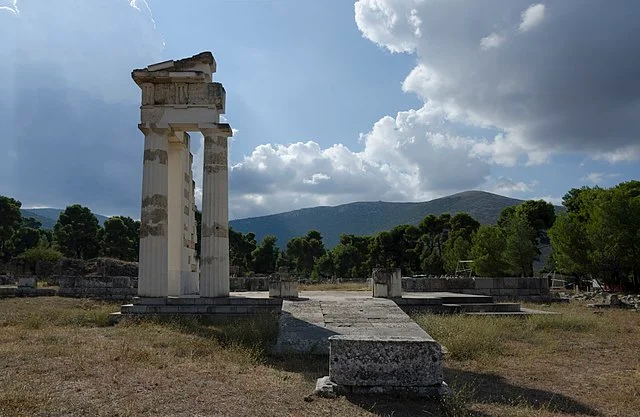Epidaurus, an ancient city in Greece, was renowned for its sanctuary dedicated to Asclepius, the god of medicine. Located in the northeastern part of the Peloponnesian Peninsula, Epidaurus became a key religious and healing center in the ancient world. The city’s prominence peaked around the 4th century BC when its medical facilities attracted pilgrims seeking cures.
Get your dose of History via Email
Historical Background
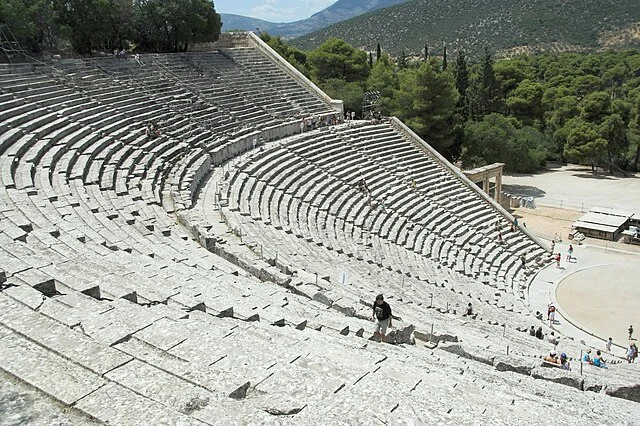
Epidaurus was inhabited as early as the Mycenaean period, around 1500 BC. Archaeological evidence shows that by the 6th century BC, the sanctuary of Asclepius had become well-established. It was considered one of the most important healing centers in ancient Greece.
The sanctuary grew significantly during the 4th century BC, when monumental buildings were added. These included the Temple of Asclepius, the Tholos, and the famous theater. Pilgrims from across the Greek world visited Epidaurus for its renowned healing rituals and therapies.
The Theater of Epidaurus
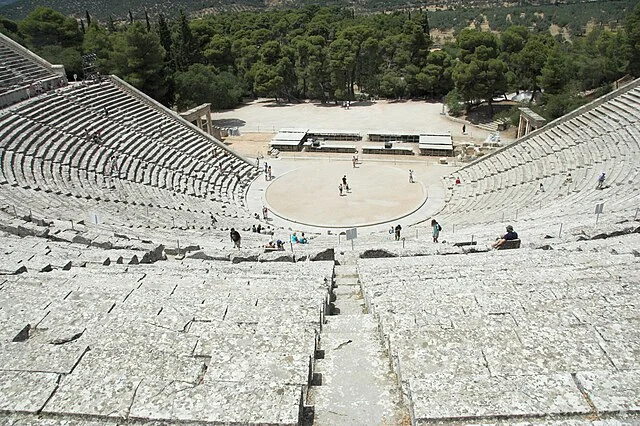
One of the most iconic structures in Epidaurus is its ancient theater, built in the 4th century BC. The theater is known for its impressive acoustics and harmonious proportions. It was used for dramatic performances, which were an important part of religious festivals dedicated to Asclepius. The theater could seat around 14,000 spectators and remains one of the best-preserved theaters in Greece.
Sanctuary of Asclepius
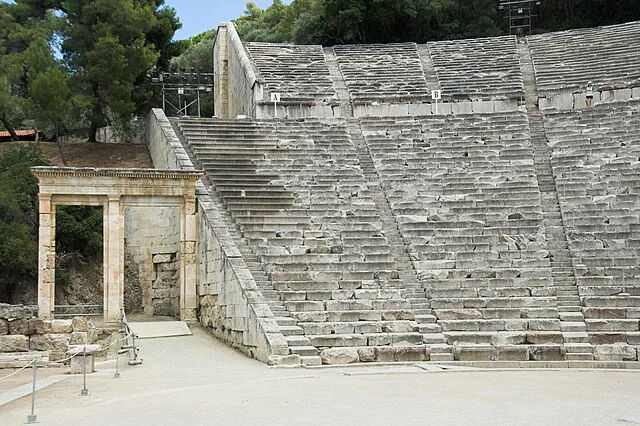
The Sanctuary of Asclepius was the central attraction of Epidaurus. It consisted of several buildings, including the Temple of Asclepius, the Tholos, and a large stoa where patients waited for treatment. The treatments at the sanctuary often involved religious rituals, prayers, and various healing methods such as dream therapy, which was believed to facilitate communication with the gods.
The temple itself housed a statue of Asclepius, the god of healing. Patients would offer sacrifices and pray to the deity, hoping for a cure. Archaeological finds suggest that many cures were recorded, including treatments for ailments that were not well understood at the time.
Roman Influence
During the Roman period, around 2nd century AD, the sanctuary and theater of Epidaurus continued to flourish. The Romans recognized the importance of Asclepius and preserved the sanctuary. They made some additions to the existing structures while maintaining the city’s status as a religious and healing center.
However, by the late Roman Empire, the sanctuary’s importance declined as Christianity spread and pagan practices were suppressed. By the 4th century AD, the site was largely abandoned.
Modern Archaeology
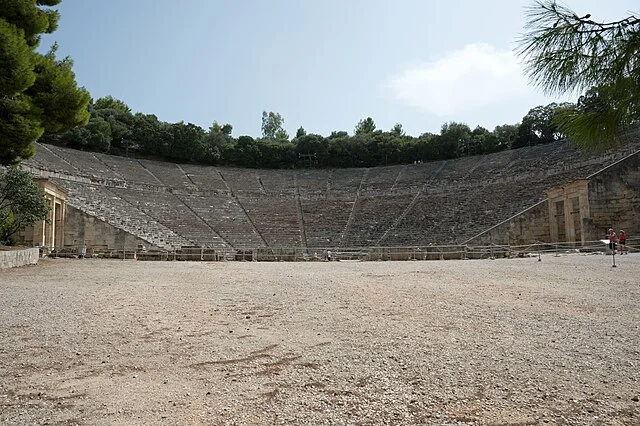
Excavations at Epidaurus began in the late 19th century and continue to this day. Archaeologists have uncovered many artifacts, including inscriptions, statues, and architectural remains, that provide insight into the city’s religious practices. The theater of Epidaurus was restored and is now used for performances during the annual Epidaurus Festival.
Conclusion
Epidaurus stands as a testament to the religious and medical practices of ancient Greece. Its sanctuary, dedicated to Asclepius, highlights the importance of healing in the ancient world. The theater, one of the best-preserved structures of its kind, showcases the artistic achievements of the 4th century BC. Today, Epidaurus remains a vital archaeological site, offering invaluable insights into ancient Greek civilization.
Source:

